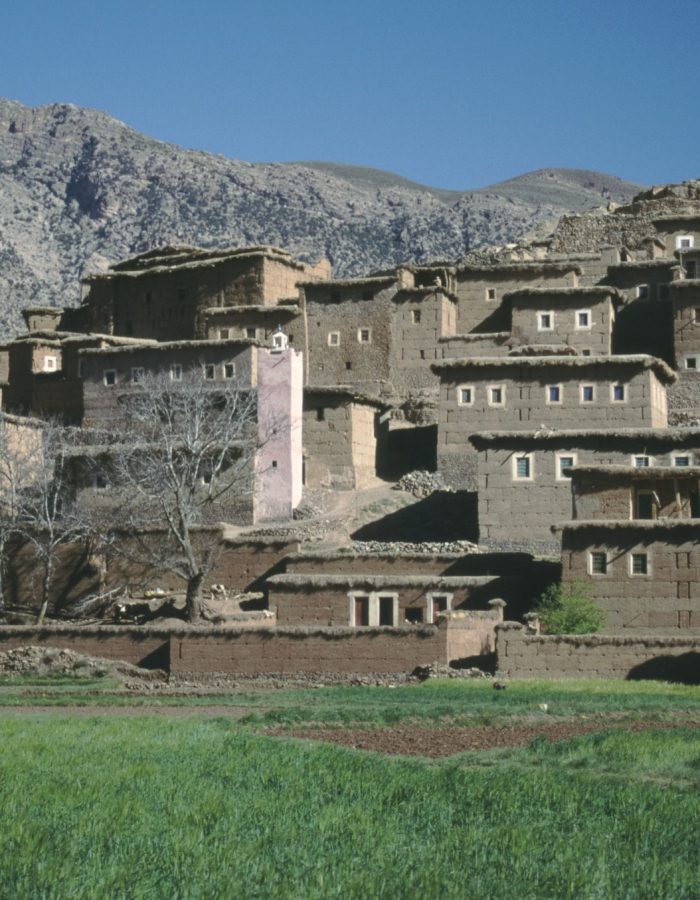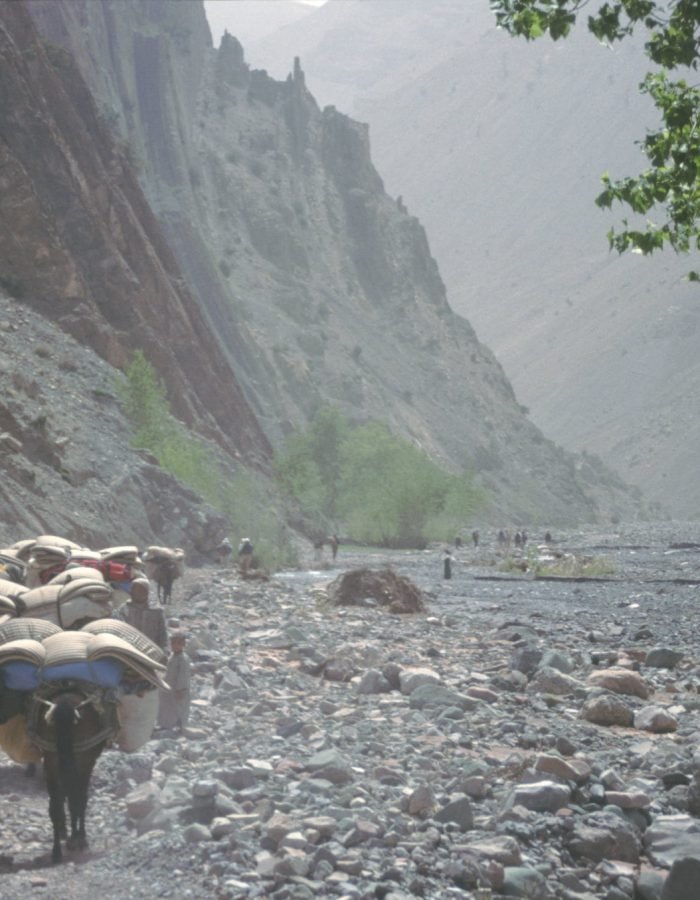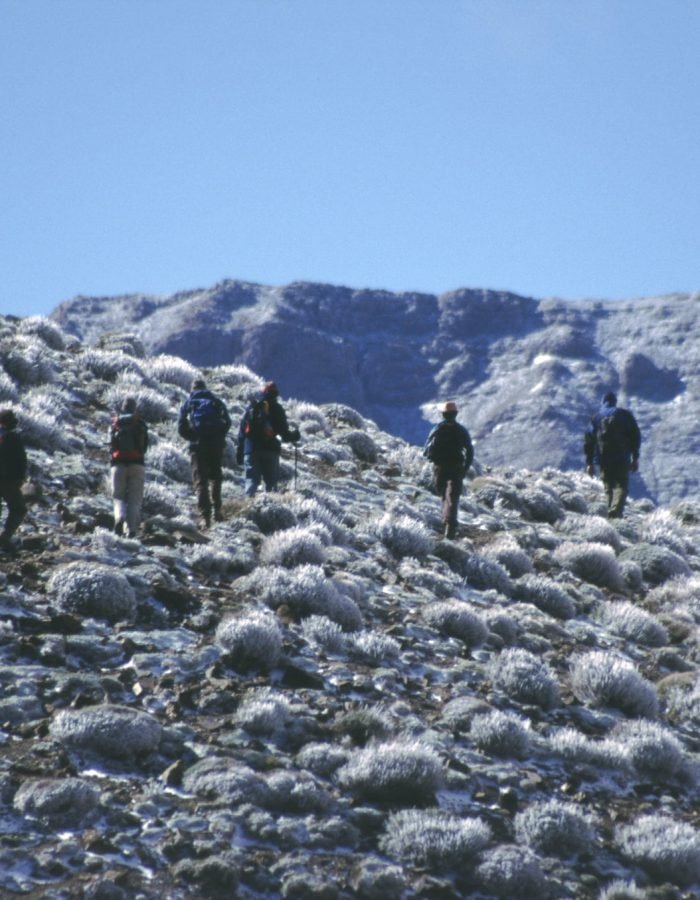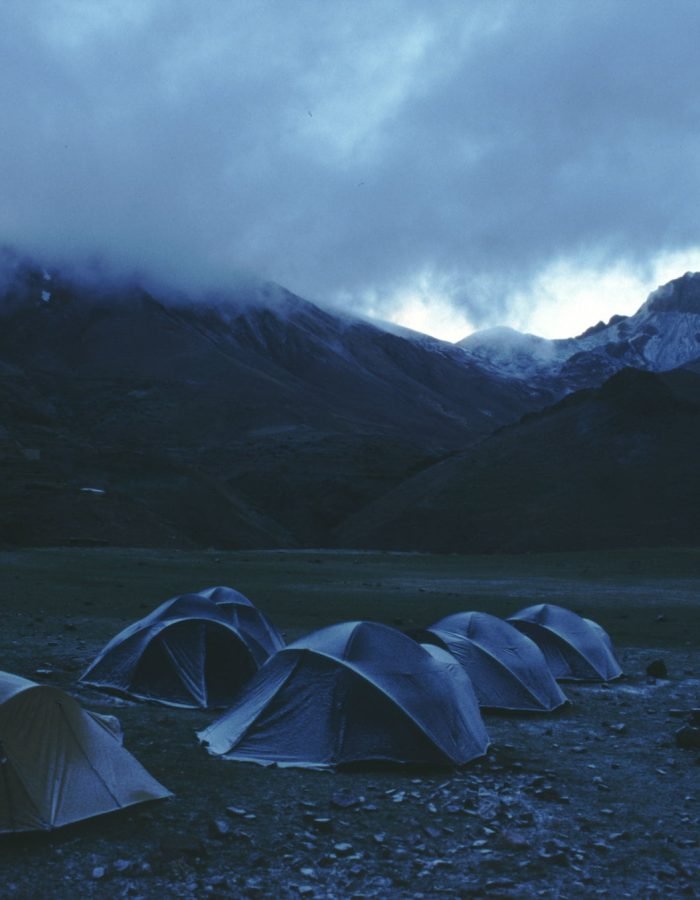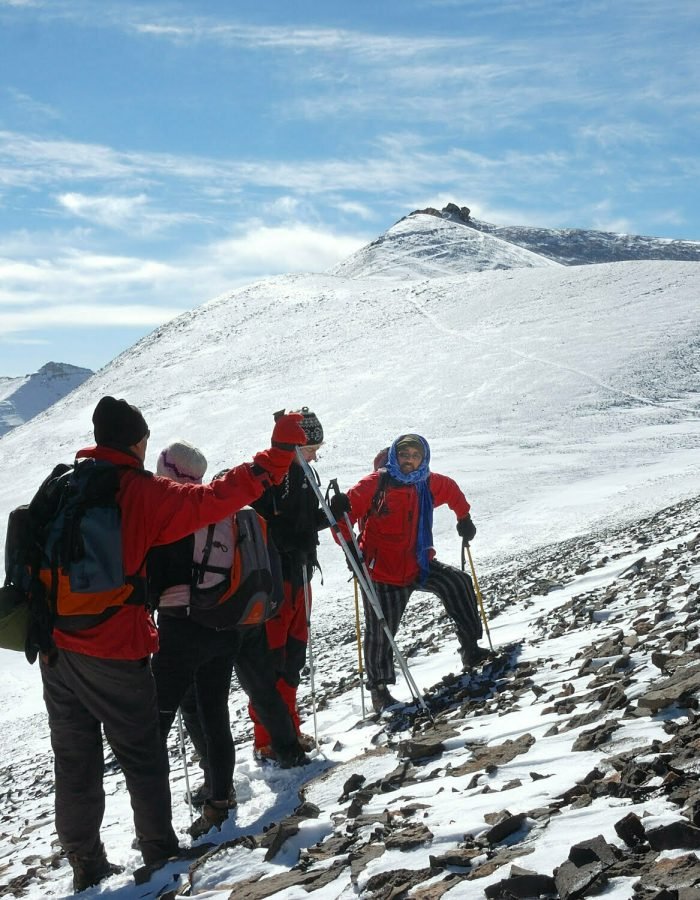
MAJESTIC M'GOUN MOUNTAIN
The M’Goun is situated in the midst of the central High Atlas mountain range, around 100 kilometers from Marrakech and 330 kilometers from Casablanca. The mountains in its region range in height from moderate to high.The Atlas has a Mediterranean climate with influences from the Atlantic. The M’Goun is divided into two climate zones, one with more rainfall (600 to 900 mm annually) and warmer temperatures (35 to 3°C), and the other with lesser rainfall (400 to 700 mm annually) and colder temperatures (between 30 and 0°C). From November through May, snowfall is typical at elevations more than 1,500 m.
The peak of Mgoun is made up of a broad ridge that extends over 10 kilometers and rises to or over 4000 meters. In actuality, this is an anticline ridge. A limestone disk makes up the visible rock. There are currently fourteen valleys positioned perpendicular to the ridge on its northern side, which glaciers shaped during the Quaternary ice ages.
While not having the same reputation as the Toubkal, the Ighil Mgoun is a well-liked location for trekkers. With the mountain’s low elevation and the absence of ice, accidents on the ascent are uncommon. Yet, three hikers older than fifty who were caught off guard by a snowfall at its height in September 2005 perished.
The Geological History:
The M’Goun area falls within the central High Atlas’ geological development, which began in the Triassic period 250 million years ago and mostly occurred during the Jurassic period 180 million years ago.
The geological features of the M’goun are part of an intra-continental NE-SW chain that was formed by the structural reversal of a Jurassic basin associated with the collision of the African and European plates. It has many bone deposits as well as well-known and impressive sauropod and theropod footprints. Copper, zinc, barite, iron, basalt, limestone, and dolomitic Triassic red clays are among the many minerals found in the region. The M’Goun is made up of many geosites and geological locations that exhibit numerous sizable tectonic features of the Atlas Mountains that have shaped the landscape.
A spectacular ascent:
The rugged and rocky terrain of M’goun presents a formidable challenge to those brave enough to attempt its summit. The ascent requires a great deal of stamina, skill, and determination. But those who conquer this mountain are rewarded with stunning views of the surrounding landscape, including lush valleys, winding rivers, and the vast expanse of the Sahara desert in the distance.
M’goun is not only a physical challenge, but also a spiritual one. The mountain holds great significance for the Berber people, who have lived in the region for thousands of years. It is said that M’goun is the dwelling place of spirits and that the mountain is imbued with mystical powers. Many Berber tribes believe that ascending M’goun is a sacred journey, a pilgrimage to connect with their ancestors and the divine.
As visitors make their way up the mountain, they encounter a diverse range of ecosystems and habitats, from rocky slopes to verdant forests. The flora and fauna of M’goun are unique and diverse, with many species found only in this part of the world. The mountain is home to Barbary macaques, Barbary sheep, and numerous bird species, making it a haven for wildlife enthusiasts.
M’goun is a symbol of both the rugged beauty of the Atlas Mountains and the rich cultural heritage of the Berber people. It stands as a testament to the resilience and strength of those who call this land home, and as an invitation to those seeking adventure, connection, and meaning.
Ighil M’Goun, like Jbel Ayachi, offers a range of degrees of adventure, from quick climbs to multi-day excursions to the peak.
This mountain is a popular destination for hiking because it is high up and easy to access. Reaching the top requires at least four days of trekking, a distance of 1180m, and a vertical drop of 1470m. The most well-known path is one that starts in the northern Ait Bouguemez Valley in the Atlas Mountains. Mountain guides are both essential and required.
The peak of the mountain is always covered in snow and takes the shape of a stony hill for a few kilometers. It is a singular natural marvel because of the valleys in its northern region that date back to the Late Pleistocene. As a result, the location becomes a preferred choice for thrill seekers, who may even practice alpine skiing outside of the fields.
heritage, both ecological and cultural:
Unexpectedly different, the slopes of Ighil M’Goun are covered with lovely foliage and granite stones that were produced by the river. The beautiful and rich valleys of Assif M’Goun, which rises from the heart of the mountains, are dotted with kasbahs, communal granaries, and historical buildings.
Climbing the paths, hikers will come across limestone massifs where erosion has carved beautiful gorges with orange walls. A panoramic view of the entire High-Atlas, including the Valley of Roses, the Jbel Saghro, the Dades Gorges, as well as expansive, desert-like areas further south, is available to climbers after they reach the top.
Along with the Valley of Roses, Ighil M’Goun is a million-year-old geological and biological site that makes up the M’Goun Geopark, which is also recognized by UNESCO.
Route:
The M’goun trek is a popular hiking trail in Morocco that typically takes 6-8 days to complete. The route usually starts and ends in the town of Ait Bougmez and takes you through the Atlas Mountains, passing through remote Berber villages and stunning natural landscapes. The trek usually involves hiking for several hours each day, with some steep ascents and descents, so it’s important to be in good physical condition and have proper hiking gear.
Accommodations:
Along the M’goun trek, you can stay in a variety of accommodations, including guesthouses, Berber homestays, and camping sites. Some of the more popular guesthouses and homestays include Gite Tazart, Gite Tighmi, and Gite Tamazirt. If you prefer to camp, there are several designated camping sites along the route, and you can rent camping gear in Ait Bougmez if needed.
Gear:
When hiking the M’goun trek, it’s important to have proper gear to ensure your safety and comfort. Some essential items to bring include sturdy hiking boots, a backpack, a sleeping bag, warm clothing (as temperatures can drop at night), a waterproof jacket, sunscreen, and a hat. You may also want to bring trekking poles, a headlamp, and a water filtration system or purification tablets.
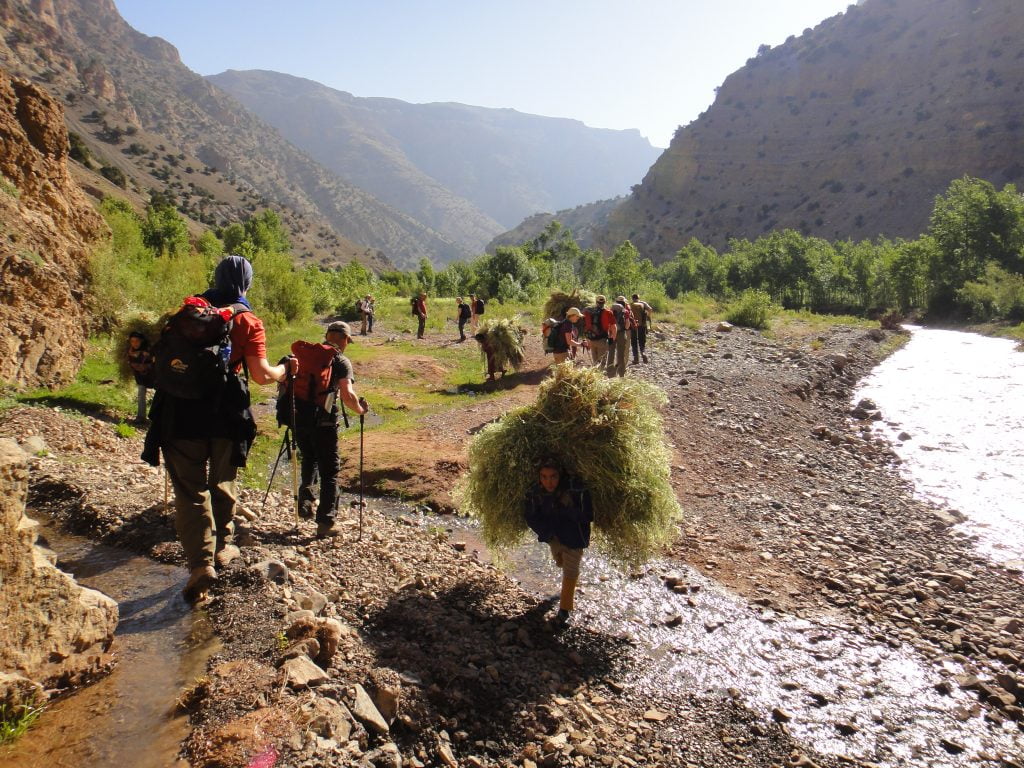
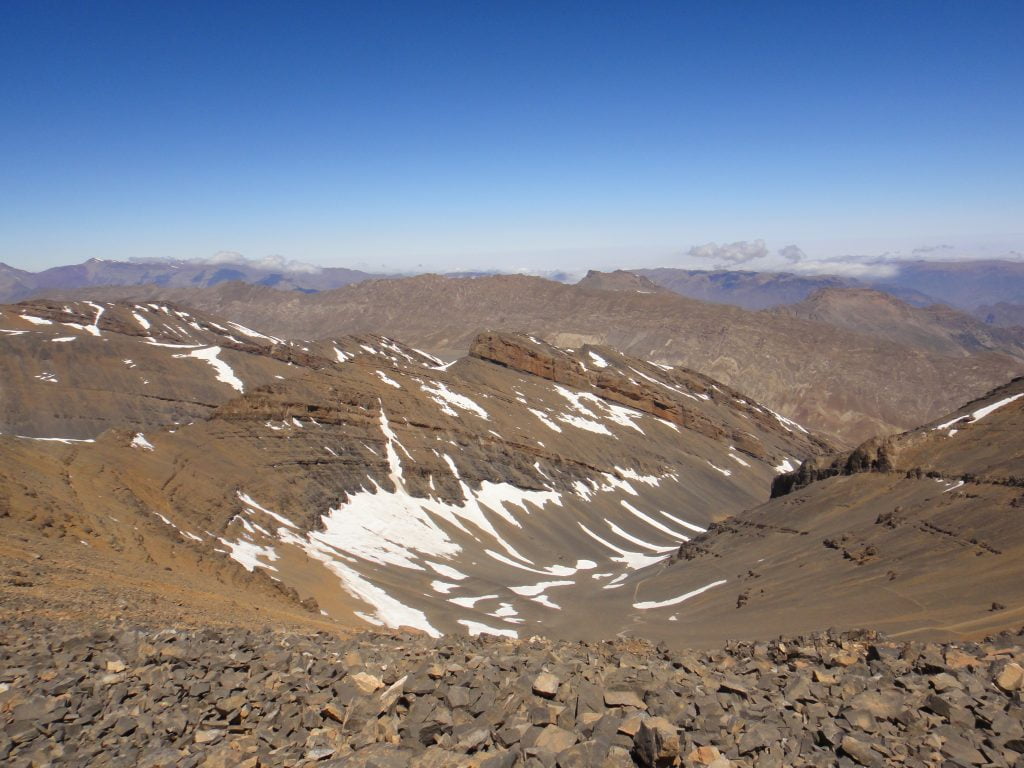
Excursions On foot in the M'Goun Area
This journey begins in Agouti and involves a six-hour hike toward Jebel Tarkeddid through the small, dry towns of Rouguelt and d’Ifri N’Ait Kherfella. When you reach an altitude of 2600 meters, you may spend the night in a bivouac close to the sheep pastures. You’ll attempt the ascent to the Tarkeddid mountain pass the next day (3400m). See the stunning vista of the Igoudamene mountain range from this vantage point. After trekking for 5 hours and 30 minutes, you can relax before descending to the Tarkeddid plateau and climbing M’Goun.

